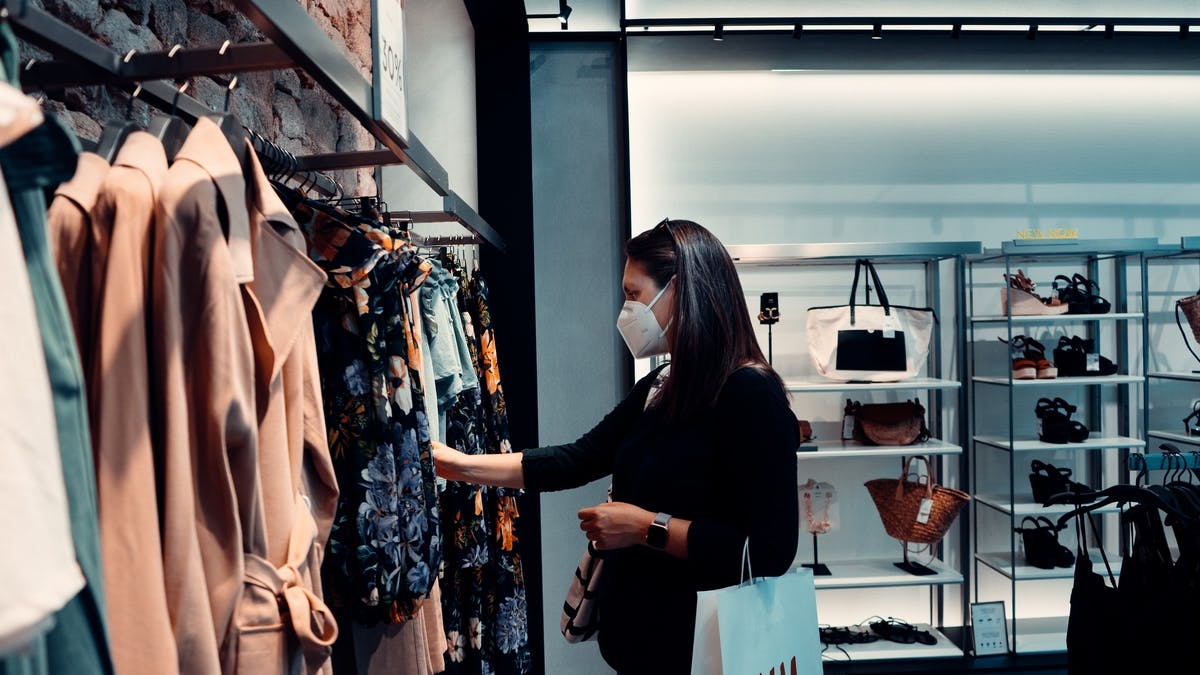Australian household spending rose just 0.1% in August, well below forecasts. CreditorWatch’s Ivan Colhoun questions whether the RBA is overestimating consumer strength.
What’s happening: Australian household spending increased by just 0.1% in August 2025, significantly below the 0.3% forecast, according to the ABS Monthly Household Spending Indicator. The modest gain follows stronger monthly increases of 0.5% in June and 0.4% in July, with annual growth remaining at 5%.
Why this matters: The weaker-than-expected result challenges the Reserve Bank of Australia’s assessment that consumer spending is strengthening, potentially delaying further interest rate cuts. CreditorWatch Chief Economist Ivan Colhoun argues the RBA may be overstating household spending momentum, with implications for monetary policy decisions ahead.
Australian households barely increased their spending in August, raising questions about whether the Reserve Bank of Australia is correctly gauging the strength of consumer demand.
The ABS reported household spending rose 0.1% in August on a seasonally adjusted basis, falling short of economists’ expectations for a 0.3% increase. Whilst this marked the fourth consecutive monthly rise, the tepid growth suggests consumer momentum may be weaker than the central bank assumes.
“I remain to be convinced that household spending has picked up as much as the RBA and many market economists are currently assessing,” said Ivan Colhoun, Chief Economist at CreditorWatch, in her monthly economic brief.
The annual growth rate remained elevated at 5%, but Ivan Colhoun points to compositional factors that may flatter the headline figure.
Services outpace goods
A clear divide has emerged between services and goods spending, with services rising 0.5% in August whilst goods fell 0.2%.
Lauren Binns, ABS Head of Business Statistics, said: “Households spent more on booking airline travel and accommodation services during August. This contributed to a 0.5 per cent rise for services spending. In contrast, goods spending fell 0.2 per cent.”
Transport spending led categories with a 0.8% increase, driven by Western Australia and the Australian Capital Territory. Miscellaneous goods and services also rose 0.8%.
However, recreation and culture spending dropped 0.9%, as did alcoholic beverages and tobacco, which fell 0.9%.
The divergence reflects broader inflationary pressures. Services spending was 8.1% higher than August 2024, whilst goods spending increased just 2.5% over the same period.
Colhoun highlighted this split as evidence of sticky inflation in services sectors. “Spending is strongest in services categories and food, consistent with stickier and higher inflationary pressures in this part of the economy,” she noted.
Categories including furnishings, clothing and household equipment remain weak, though Ivan Colhoun observed this “also reflects better behaved pricing pressures in these segments of spending.”
Health spending surged 8% annually, though Colhoun cautioned this partly reflects “a very bad flu season (not a good demand indicator).”
State spending diverges
State-level results painted a mixed picture, with spending growth in five of eight jurisdictions.
The Australian Capital Territory recorded the strongest monthly growth at 2.9%, followed by Tasmania at 0.6%. The Northern Territory experienced the largest decline at 1.2%.
Notably, spending fell in New South Wales despite a Lions rugby test in Sydney early in the month. He attributed this to “incredibly wet weather likely overwhelming the rugby positive.”
Queensland and Western Australia both saw spending slow in August after hosting major sporting events in July, including Lions rugby tests.
“Retail spending is generally strongest in WA, QLD and SA, states that continue to experience relatively strong population growth,” he observed, noting Victoria has shown modest recent improvement.
The weak NSW result complicates assessment of underlying trends, as does declining recorded spending on tobacco and alcohol. He explained that tobacco sales are increasingly switching to illicit markets due to extremely high excises, “making it impossible to assess the trend for alcohol sales from the monthly data.”
Rate cut outlook
The softer spending data arrives as the RBA weighs monetary policy settings following higher-than-expected inflation figures.
He noted that RBA Governor Michele Bullock confirmed August’s monthly CPI included “disappointing information about market services inflation,” evident in the relative strength of services over goods spending.
“That higher CPI print will likely constrain the RBA from easing further until there is greater clarity on the extent of the pick-up in consumer spending,” he wrote. “The September HSI will be important.”
She cited several factors suggesting underlying spending momentum may not be as strong as the central bank assesses, including post-event spending slowdowns in Queensland and Western Australia, less robust expenditure on hotels, cafes and restaurants, and a reversal in furniture and household equipment spending following end-of-financial-year discounting in June.
“The RBA obviously wants its forecasts to be correct, but I suspect underlying spending momentum is not quite as encouraging as the Bank is currently assessing,” he said.
Despite her reservations about near-term consumer strength, He maintained a measured outlook. “The economy is performing OK, but it remains the case that a little less restrictive monetary policy would be helpful and will likely be delivered in time.”
For Australian businesses navigating uncertain consumer conditions, the data underscores the importance of understanding sector-specific demand patterns, with services continuing to outperform goods categories as household budgets face ongoing pressure from elevated living costs.
Keep up to date with our stories on LinkedIn, Twitter, Facebook and Instagram.

